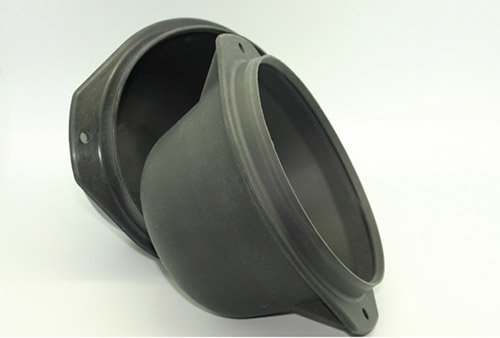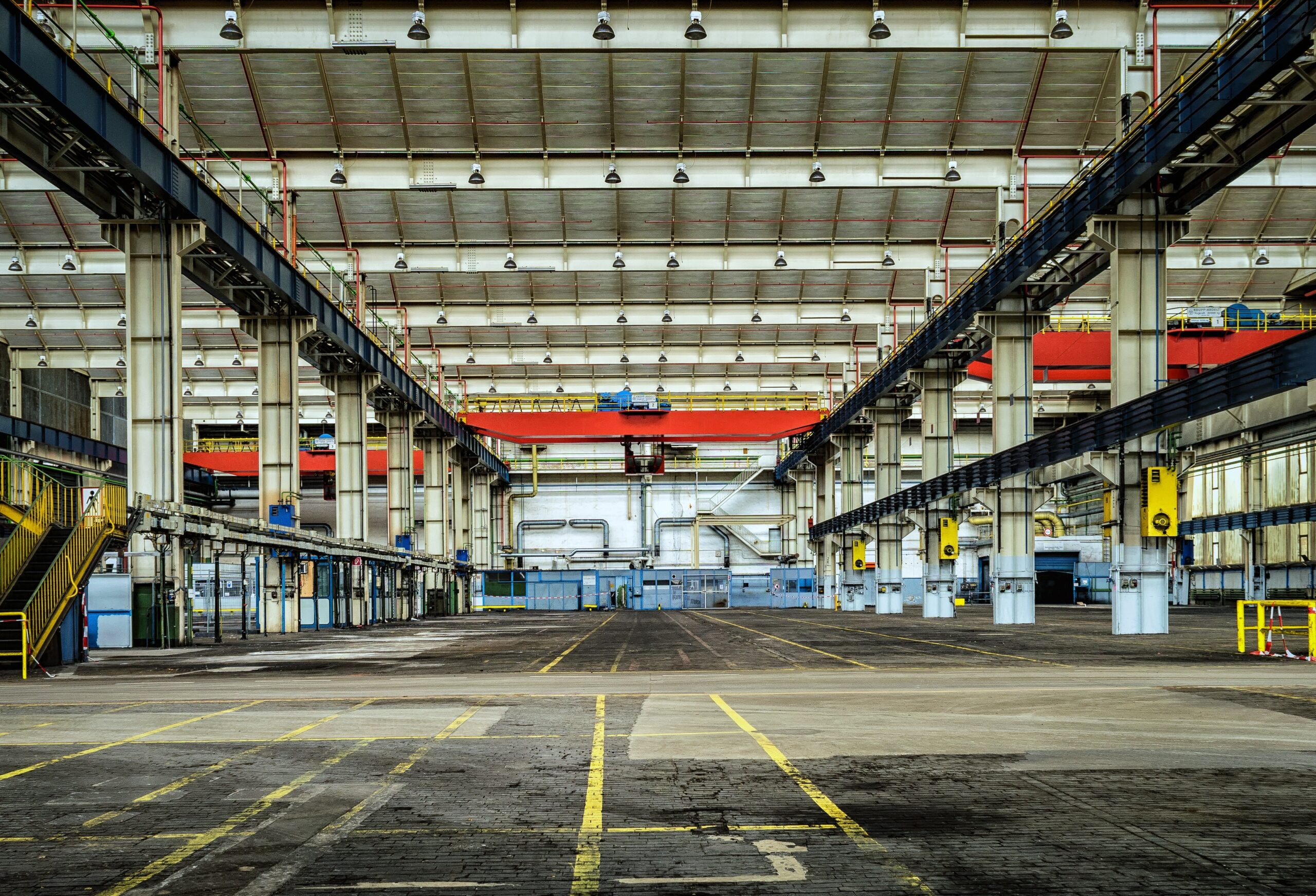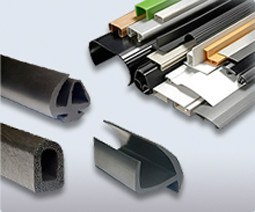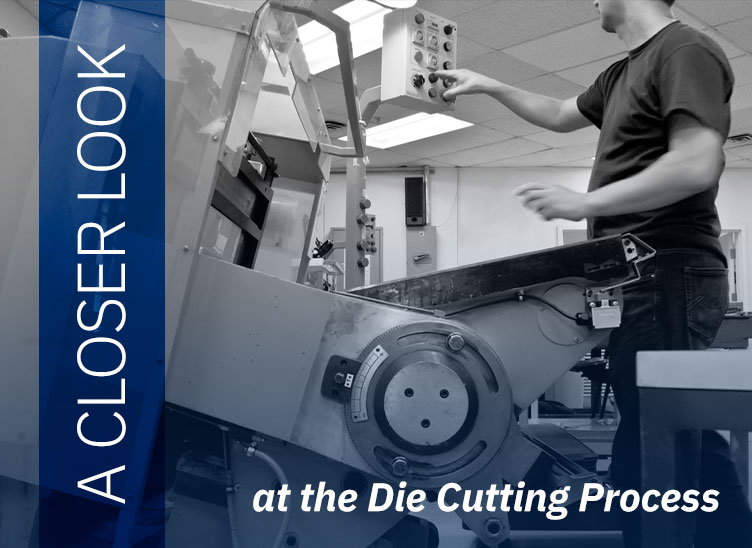
When To Use Injection, Insert, or Overmolding Processes
When you need plastic or rubber parts made for your business, there are a few different processing options. Clark Rubber and Plastic uses plastic extrusion processes to help you get the parts you need. Here are a few times when you should use injection, insert, or overmolding extrusion processes:
The Injection Process
Injection molding is a process in which plastic is injected into molds to create a part or product. It can be used for mass production of products in several industries. This is a good option when you need precision measurements for a part and only need one type of material to make it. Some examples of parts created by this type of plastic extrusion include:
- Automotive components like dashboards or bumpers
- Household items like bottles, toys, and plastic containers
- Housings for electronic wiring
- Kitchenware like plastic mixing spoons
The Insert Process
The insert process happens when an object is placed into the mold, and then plastic is injected around it. Clark Rubber & Plastic uses this process for mass production of items. It is used to add plastic to metal or other plastic components to make them stronger. We use this process for medical tools like syringes, electronics connectors that use pins or wires, and metal mechanical components that are coated with plastic.
The Overmolding Process
Overmolding occurs when you pour the melted plastic material over another molded object to help protect it. While the other two processes are used for mass production, this type focuses on one or two items at a time. Since one plastic type is poured over another, you can use multiple colors or materials together to create an item specific to your business. Here are some reasons you may use overmolding:
Soft Touch Surfaces
If your industry needs tools with grips to protect the equipment from wear and your hands from damage, the overmolding process should be used. Overmolded grips can reduce hand fatigue for jobs that require repetitive actions. Grips also help users keep ahold of items when they’re greasy or wet.
Vibration Dampening
If you need to use heavy machinery, overmolding helps with vibration dampening. The plastic layer makes it harder for parts to come loose from constant movement. Plastic also makes it easier to hold controls while the machinery is working. If your machinery is loud when in use, the vibration dampening can reduce the noise and provide a more pleasant work environment.
Sealing Properties
Overmolding helps to provide a sealed surface on products that need chemical resistance. This sealing property is also used to make waterproof materials that keep water or other fluids from leaking. Medical devices, industrial pipes, and electronic industries benefit from this type of sealing.
Using Plastic Extrusion for Your Products
Clark Rubber & Plastic offers plastic extrusion services for many products in industries like construction, automotive, home appliances, and more. Once you have developed your product plans, wecan manufacture a prototype to make sure it meets your expectations. We will then confirm we’re using the appropriate extrusion molding process for your parts. Contact us today to learn more about our plastic molding services.

What Is Die Cutting and How Is It Used by Industrial Manufacturers?
Die cutting is a fabrication technique manufacturers use to create intricate shapes from various materials. Clark Rubber & Plastic is a rubber and plastic manufacturer that provides quality die-cutting services. Our experience and advanced equipment deliver precise results, helping you get the products you need for your projects. Here is more information about die cutting and its applications:
What Is Die Cutting?
Die cutting is a fabrication process that uses machines, typically hydraulic presses, to cut material into predetermined shapes. The materials used in die cutting are usually sheets of rubber, plastic, paper, leather, thin metals, and other flexible materials. The “die” is a metal form with sharp blades that cut the material into the desired shape. A high-pressure hydraulic press applies force to the die, forcing it through the material and creating the desired shape.
This manufacturing method has many advantages, including accuracy. It allows a plastic manufacturer to produce components with exacting precision in the desired shape and size. Die cutting also increases efficiency as it can be faster than traditional manufacturing methods like sawing and drilling. It also reduces waste, as the machine’s precision eliminates excess material. Die cutting is cost-effective, as dies can be customized and reused for multiple applications.
How Do Industrial Manufacturers Use Die Cutting?
Industrial manufacturers use die-cutting processes for various applications. Many components that require a precise cut in a thin material can be made with die cutting. Here are several ways a rubber and plastic manufacturer like Clark Rubber & Plastic can use die cutting:
1. Automotive
Vehicles use rubber and plastic components as gaskets, seals, interior trim, bumpers, and more. These parts require precise shapes to fit in their designated spaces. Die cutting is a reliable way to produce these automotive parts quickly and accurately.
2. Appliances
Modern appliances use many plastic and rubber parts to work effectively. Die-cutting produces casings and seals with their required shapes and sizes, enabling the appliance to function correctly. Clark Rubber & Plastic can provide die-cut materials for your appliances, from coffee makers to refrigerators.
3. Medical Devices
Die cutting is an ideal manufacturing process for medical devices. It produces components with precision to promote functionality and safety. An experienced rubber and plastic manufacturer can provide die-cut housing and casing parts for medical devices. Smaller parts used in devices like needles and syringes are created with careful quality control to meet industry regulations.
4. Industrial Applications
Industrial machines require various rubber and plastic components for sealing, impact resistance, and vibration isolation. These parts must be designed with precise specifications for efficient performance. Die cutting is an effective way to fabricate components that meet these exacting standards.
5. Plastic and Rubber Packaging
Product packaging and containers are often made from thermoplastics and rubber. Die cutting provides the exact shapes for these components. Manufacturers can use die cutting to create food containers, shipping supplies, or industrial storage boxes.
Choose Us as Your Rubber and Plastic Manufacturer
Clark Rubber & Plastic is an experienced rubber and plastic manufacturer providing die-cutting services. We have the expertise to produce reliable components for your various projects and applications. Our advanced equipment provides precision results with quick turnaround times, helping you get your required parts quickly. Contact us today to learn more about our services and discuss your die-cutting needs.

Plastic Extrusion Technology at Clark Rubber and Plastic
Plastic extrusion is a manufacturing process that involves melting and shaping different plastic materials into a continuous profile. At Clark Rubber and Plastic, we make quality parts that can meet your industry standards. We use cutting-edge technology and dies to create the right plastic products.
The Process
The plastic extrusion process begins with our experts loading raw thermoplastic into an extruder. We can add additives to create quality construction for the final product. The next step is to sort pellets as they move through the extruder so the product has the right amount of material.
We then use high heat to melt the pellets and filter them to eliminate contaminants. After that, melted plastic goes into the die, where it’s designed into the final shape. Our specialists then pass the product through water baths to help it cool properly and maintain its shape.
Some in-line processes that we use can include fabrication, taping, and infrared application. Other methods are drilling, punching, printing, and adding adhesive. All these techniques can depend on your industry, needs, and specifications.
Forms of Extrusion Technology
We utilize co-and tri-extrusion technology in our manufacturing process to produce high-grade plastic products. Both techniques simultaneously extrude two or more plastic materials through a die to create a multi-layered product.
In co-extrusion, the outer layering material can be top-quality for enhanced aesthetics and functionality. Inner layers can be low-cost to fit within your budget. The co-extrusion process optimizes two or more materials to produce plastic with many layers.
Tri-extrusion technology utilizes three materials through a single die to produce a three-layered plastic product. Tri-extrusion is helpful for manufacturing tubes and pipes. The outer layers are of high quality for environmental protection and durability. We use specialized equipment for proper layering and alignment of materials.
Benefits of Plastic Extrusion Technology
Technology for extruding plastics can be beneficial in the following ways:
Material flexibility
Plastic extrusion technology can process various plastic materials, including elastomers, thermoplastics, and thermosets. We use different materials like acrylic, polycarbonate, and neoprene, among others. Polyethylene terephthalate is one of the common materials we use.
Quality, testing, and inspections
Our experts use certified plastic materials to produce quality products. We test products with durometer gauges and inspect them using optical comparators. Our products can suit the military, solar, automotive, and appliance industries due to the standards. You can order simple pipes or complex automotive parts, and our experts can utilize extrusion tech to make them.
Automation
The machine is automated, making it easy to manufacture plastic products quickly. If you need high-volume products, we can offer fast turnaround times to meet your demands. The extruder can make plastic objects in diverse shapes, sizes, configurations, and colors, depending on your needs.
Get the Right Plastic Products
Plastic extrusion technology can manufacture customizable products based on your industry. Our cooling and sizing units allow for precision and the right shapes. We can make multi-layered or complex profiles to meet your demands. At Clark and Rubber Plastic, we improve constantly to offer diverse extrusion techniques for quality products.

A Closer Look at The Die Cutting Process
The process of die cutting is versatile, allowing manufacturers to create almost any type of shape or pattern and in different types of materials. Creating a custom job is easy to do with this process, so every industry can utilize die cuts. To understand more about what the process includes, here is a closer look at die cutting.
How It Works
Die cutting reduces material waste, defects, and keeps the process moving faster than traditional forms of manufacturing. There are more pieces produced with precision die cutting because of its overall efficiency. This is done with predesigned cuts, created from steel. These molds are used for punch pressing, which acts like industrial cookie cutters, creating shapes and being formed into finished pieces from metal, plastic, rubber, composite, and wood. The die cutters direct how machinery should cut around thin material pieces while also helping to shape and mold them.
Rotary die cutting is another process that includes a special type of press. Material is fed into the press while a rotary tool cuts out the shapes, creates creases, or makes perforations. As the material is cut into smaller parts, gears force a rotation that ensures the cuts are exact. This can stay at a single step or multiple steps are utilized to make multiple cuts to the same pieces for a more complex job.
Depending on the size and capabilities of the machinery, just about any size of product can be created. The biggest benefit of die cutting though is that large projects can have parts created faster and easier. With precision die cuts, the quality does not get worse with wear.
Another benefit is that the same piece of machinery can be used for creating different pieces by simply changing out the dies for each project. This means that manufacturers do not have to use a lot of space for the big machines doing the same job. Instead, there is room to have machinery for doing other steps or projects like bending, extrusion, and curling.
Other Steps to Die Cutting
Once parts are cut, they undergo other steps, such as tooling, splicing, punching, and more to create finished products rather than just pieces. Even if it just means that the edges are smoothed down for safer handling, the die cutting process usually involves more than just cutting. With these extra services available, customers can bring a complete product to market or components to a bigger product.
Utilization
Operating at the highest quality standards requires a manufacturer to be ISO/TS16949 certified. This means that processes are efficient and monitored for superior results. Clark Rubber and Plastic uses this for the best products for the many industries we service, like
The die cutting process is vital to creating pieces that are used in the bigger products. Once they are all put together, these industries can create more inventory for less money. The money that automation saves companies is passed on to the consumer for less expensive products with more available for purchasing.
If you have a company that needs a dependable die cutting partner or wants any of our services mentioned, request a quote and one of our representatives will contact you.
- 1
